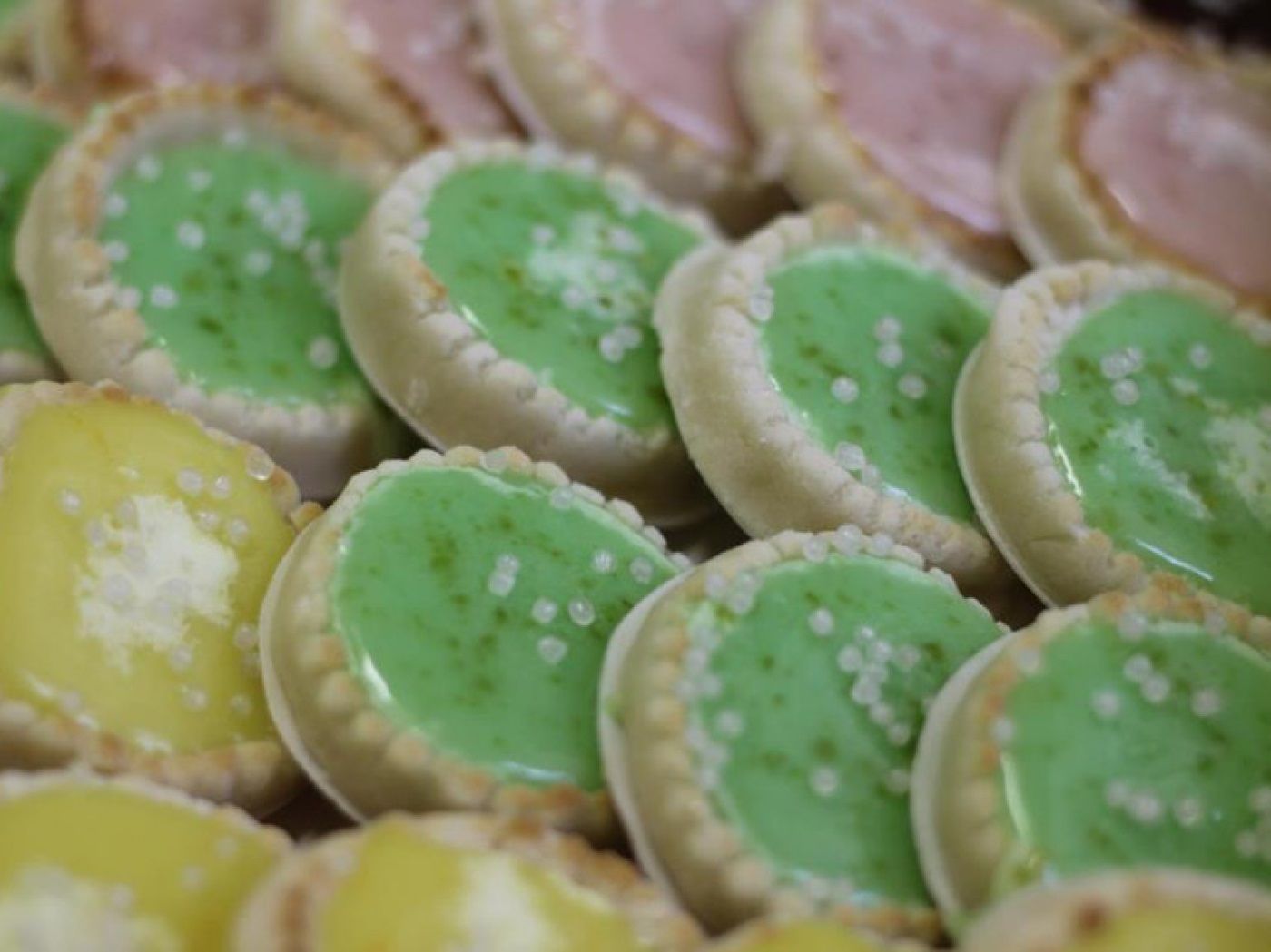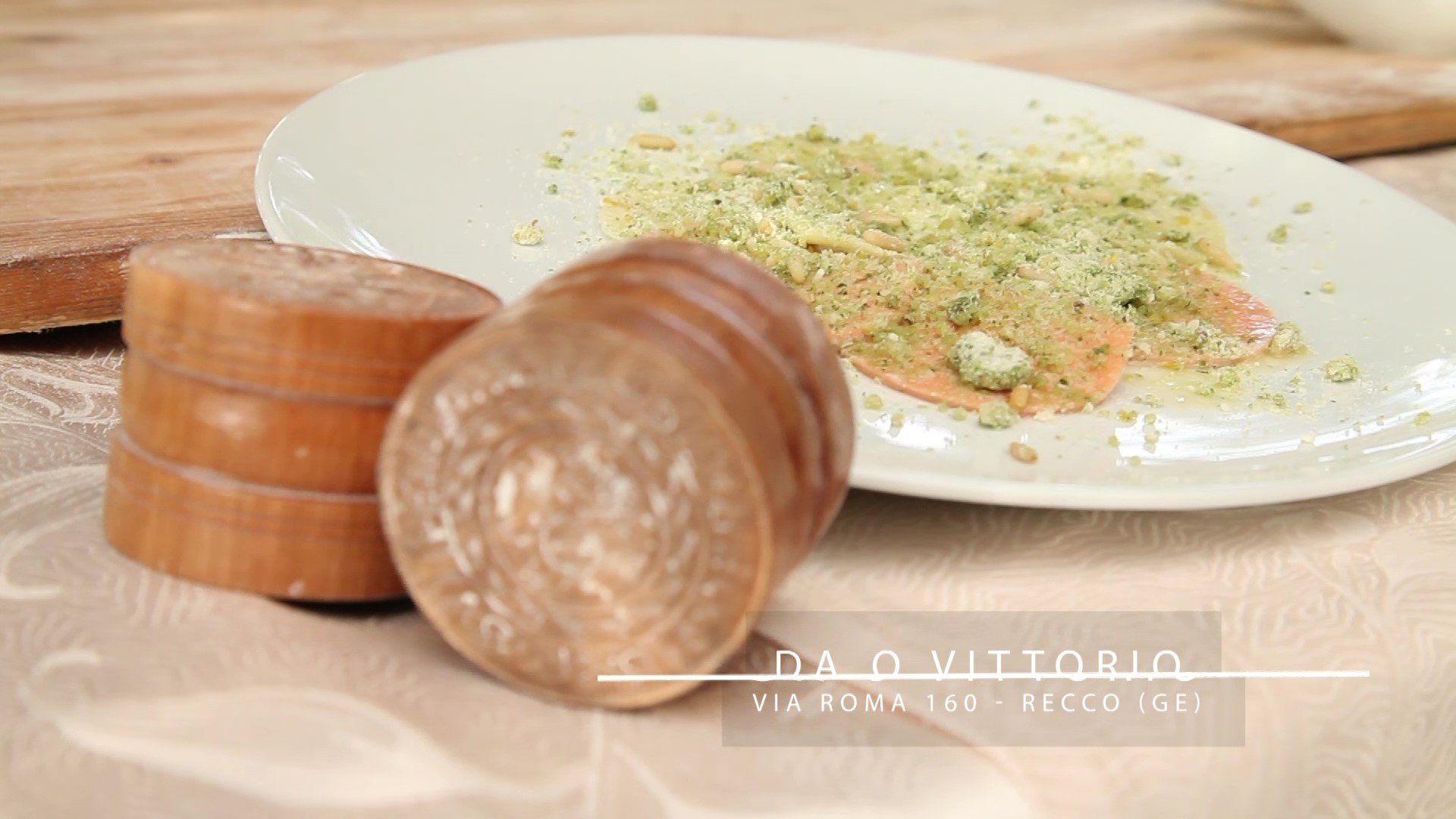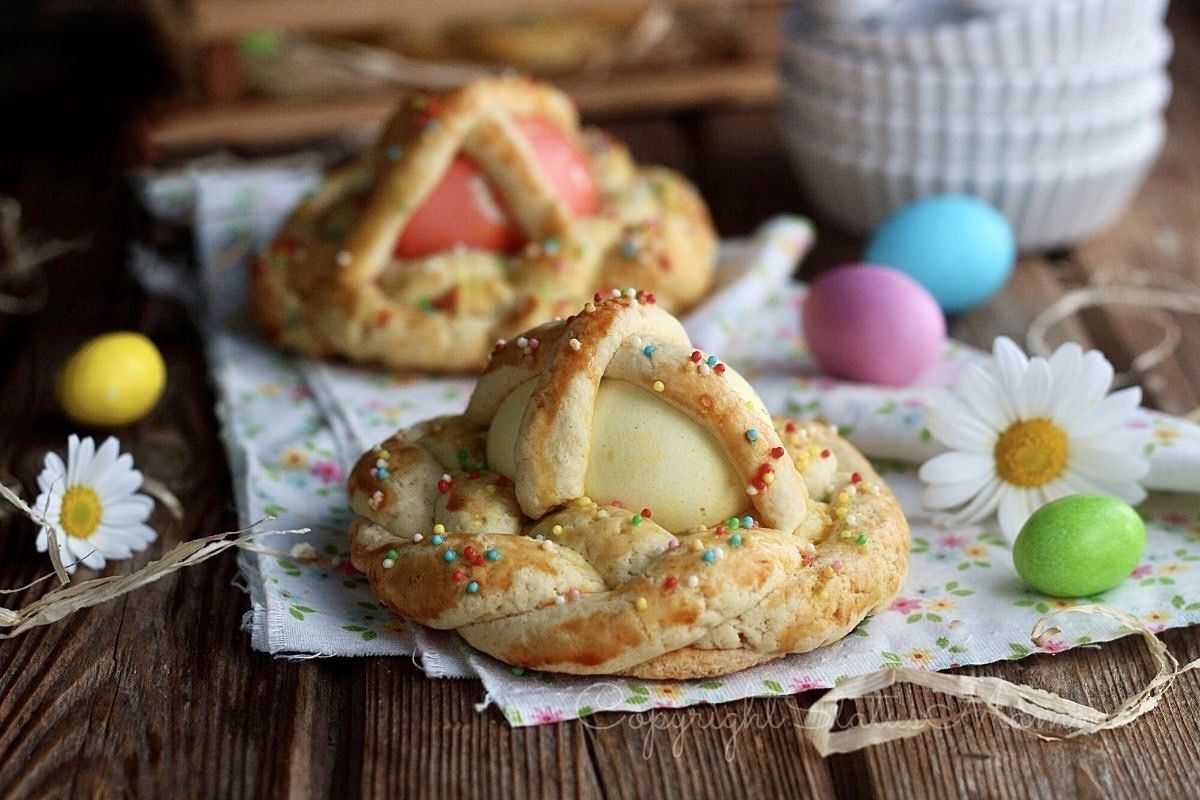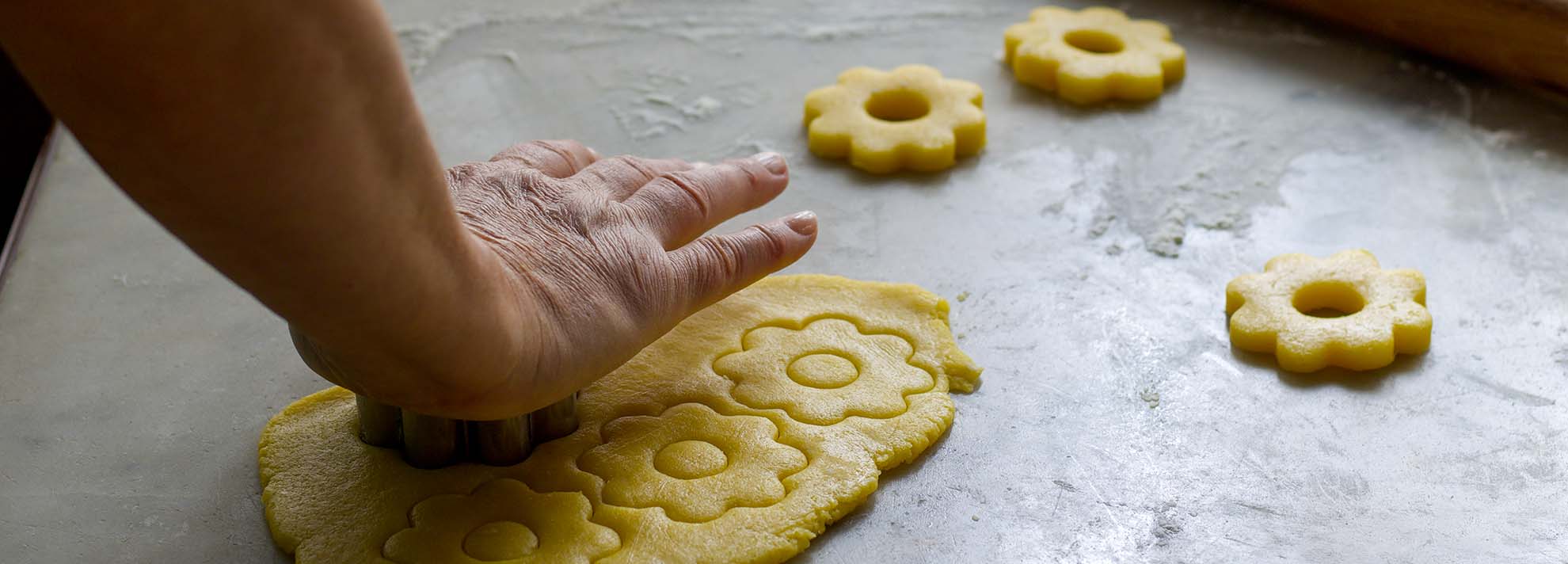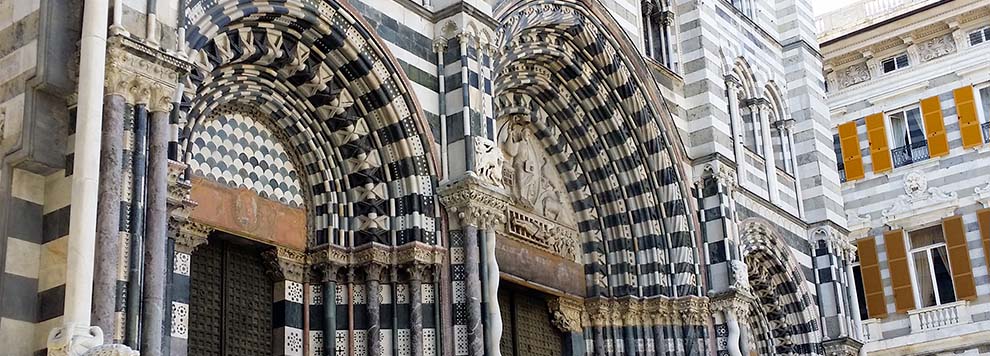Easter Tour in 6 Parts
Genoa and surroundings
This Easter tour in 6 parts is the final indulgence before facing the strict diet needed to prepare for the relentless scrutiny of beach season. So, it's worth taking advantage of Easter's delights, which, according to Ligurian tradition, are mainly six...
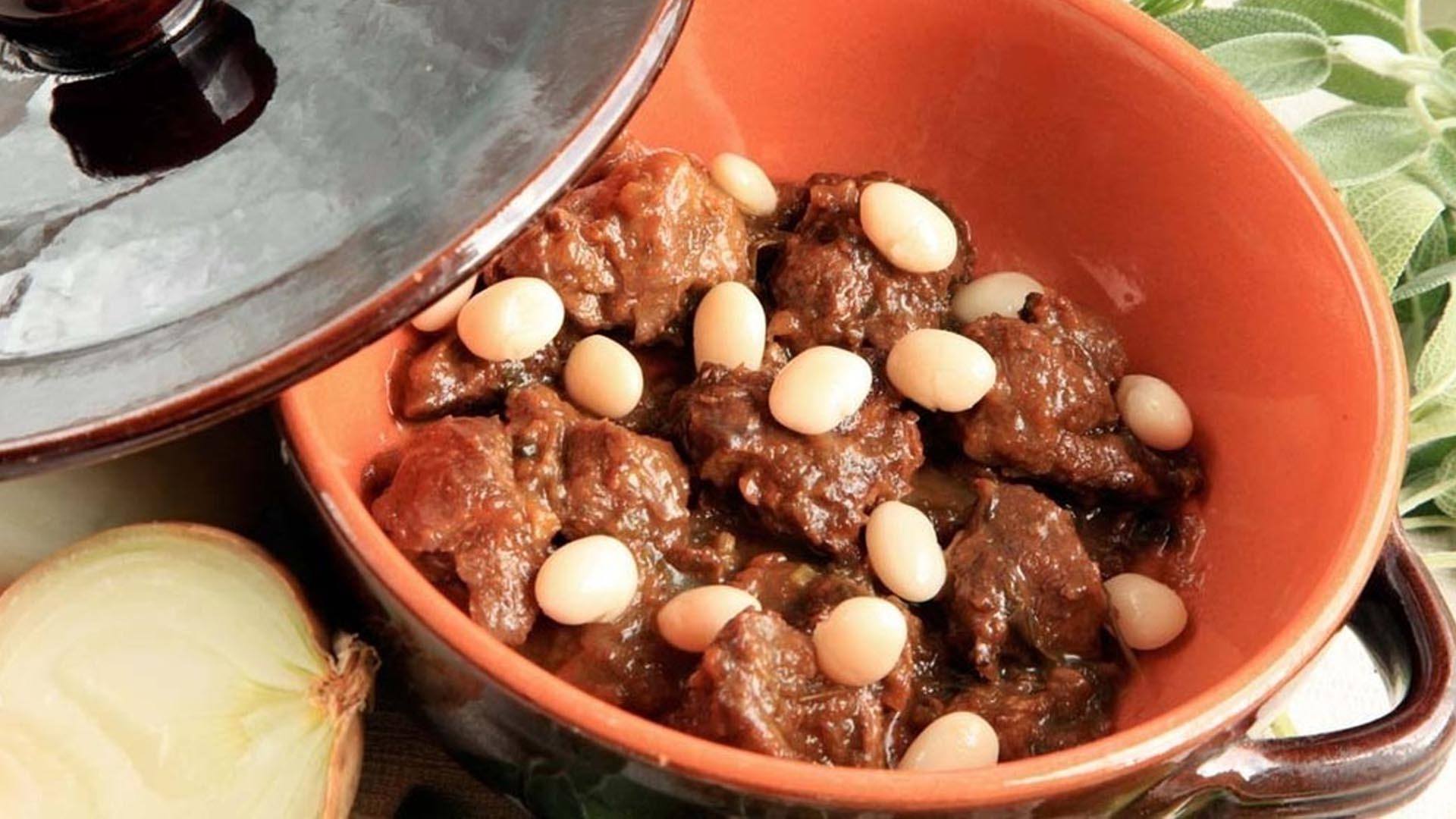
Goat with beans
A typical dish of the Ligurian hinterland, especially of the Nervia Valley, where the Apennines offer limited spaces and besides olive groves, the breeding of rabbits and goats has spread. Goat meat has become one of the gastronomic excellences, to be accompanied by the white beans of the valley for a perfect pairing. If one must choose a village, goat and beans are the typical dish of Rocchetta Nervina, which owes its uniqueness to the territory and its connection with Pigna. The variety of aromatic plants in Rocchetta allows for a rich diet for the local goats. Furthermore, the white beans of Pigna owe their uniqueness to the sulfurous water abundant in that municipality. Over the centuries, the two towns have formed a deep relationship and have made possible the union of the two foods, giving rise to a culinary tradition linked to friendship and sharing. In Rocchetta, there is also a themed festival during the summer.
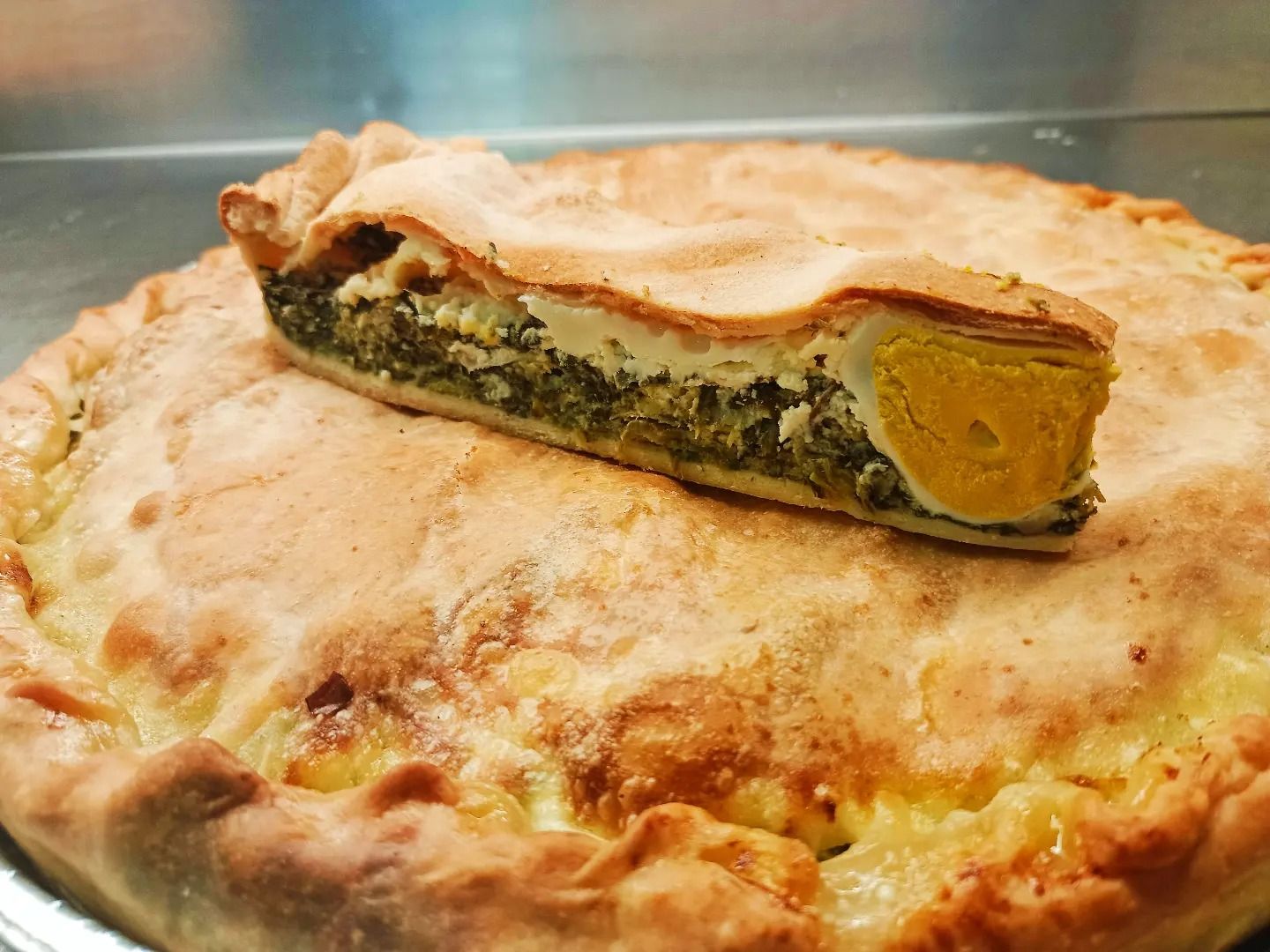
Easter pie
It is one of the typical savory pies of Ligurian cuisine, a symbolic dish that encapsulates tradition and the flavors of the region. It's called Pasqualina because it was originally prepared for Easter Sunday and kept for the Monday after Easter for an outing. The existence of this pie is documented even by Ortensio Lando, a sixteenth-century writer, who mentions it in his "Catalogo de gli inventori delle cose che si mangiano e bevono" and to whom the pie pleased "more than honey to a bear." The traditional pie is made with chard; the most skilled cooks were said to be able to cover the filling with 33 very thin layers (which, when cooked, gave it the characteristic layered appearance), in honor of the years of Christ. But in reality, everything in the Easter pie symbolizes rebirth, including the use of eggs.
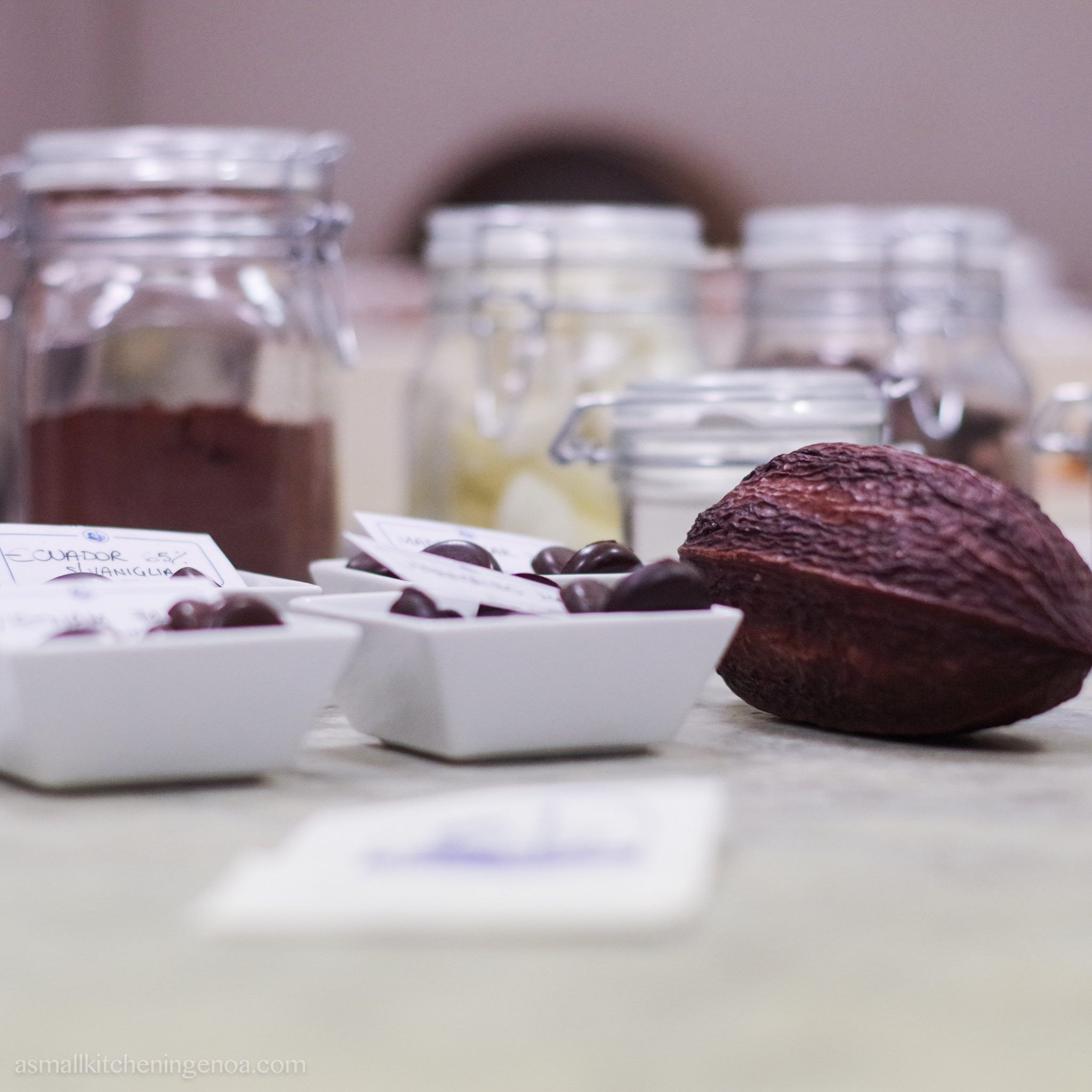
Chocolate eggs
Perhaps by a strange coincidence, but the three most famous laboratories for preparing Easter chocolate are perfectly rhymed with each other: Viganotti, Zuccotti, and Rossignotti. In common, besides the rhyming finale, the three brands share the method of production: absolutely artisanal. Pastry art and indulgence, tradition and industrial archaeology. All of this can be found at Viganotti, the chocolate factory at number 14, Vicolo dei Castagna, where even the wooden sign in cocoa color reminds visitors that sweetness here is an ancient art. The ancient machinery produces endless delicacies at anything but industrial rhythms. Chocolate is, obviously, the protagonist: milk or dark. Today, a visit to Viganotti allows you to discover ancient molds and timeless shelves. Zuccotti is located on Via Santa Zita, a factory and laboratory in the heart of the city. Rossignotti is in Sestri Levante, with its elegant shops and factory.




